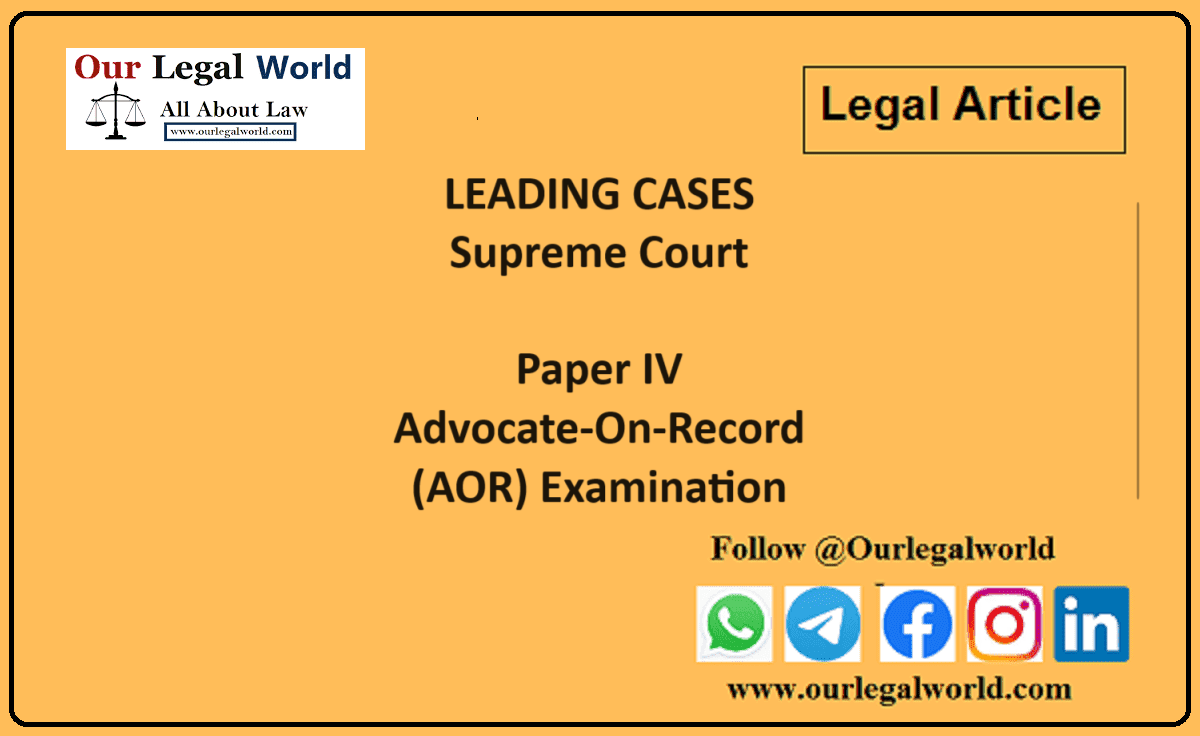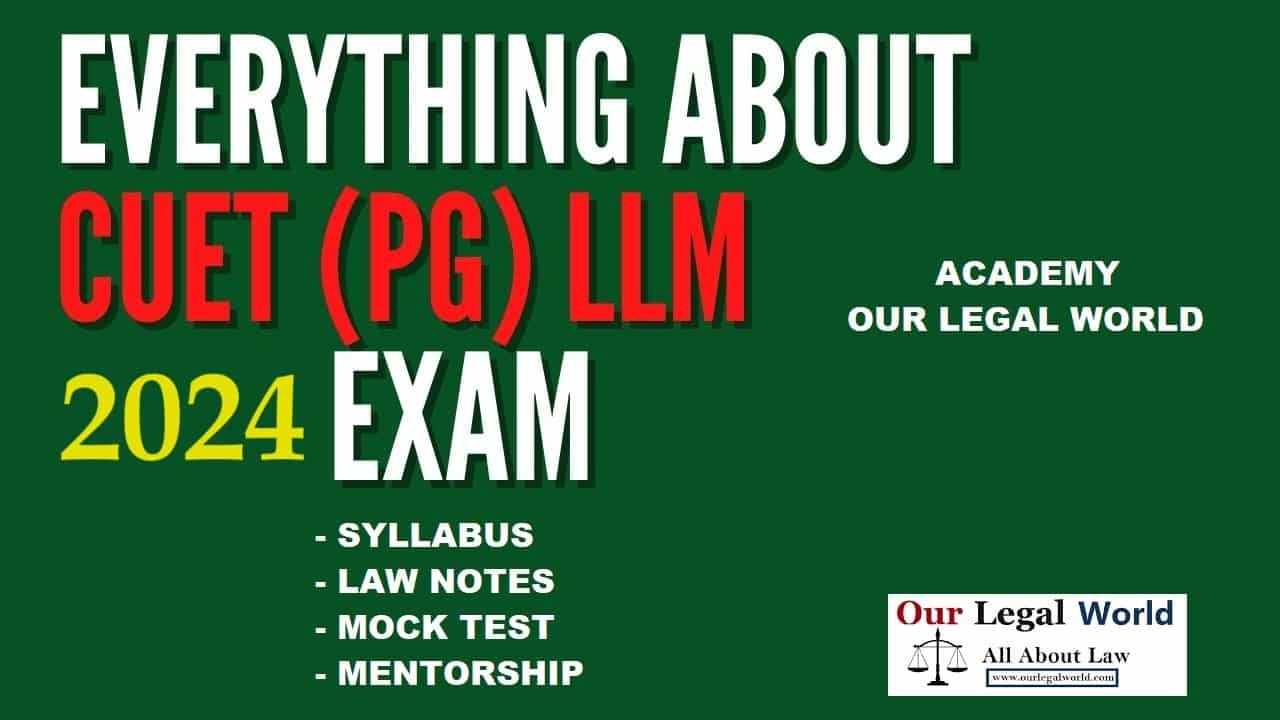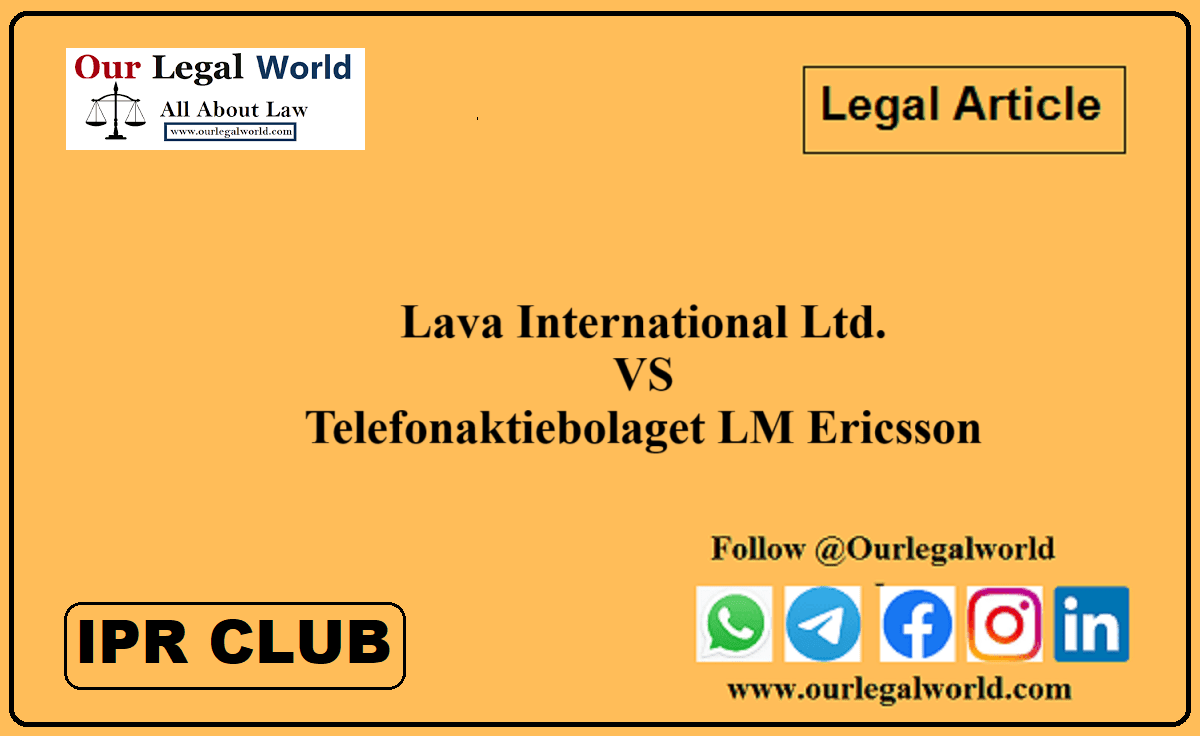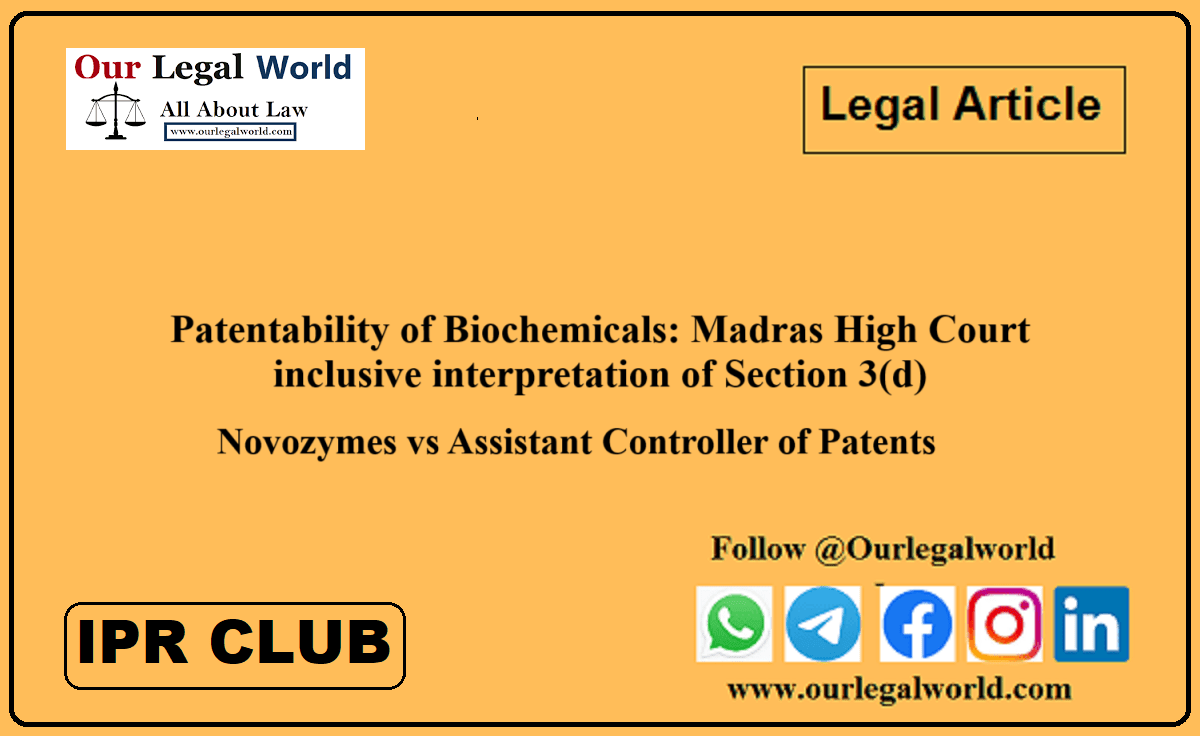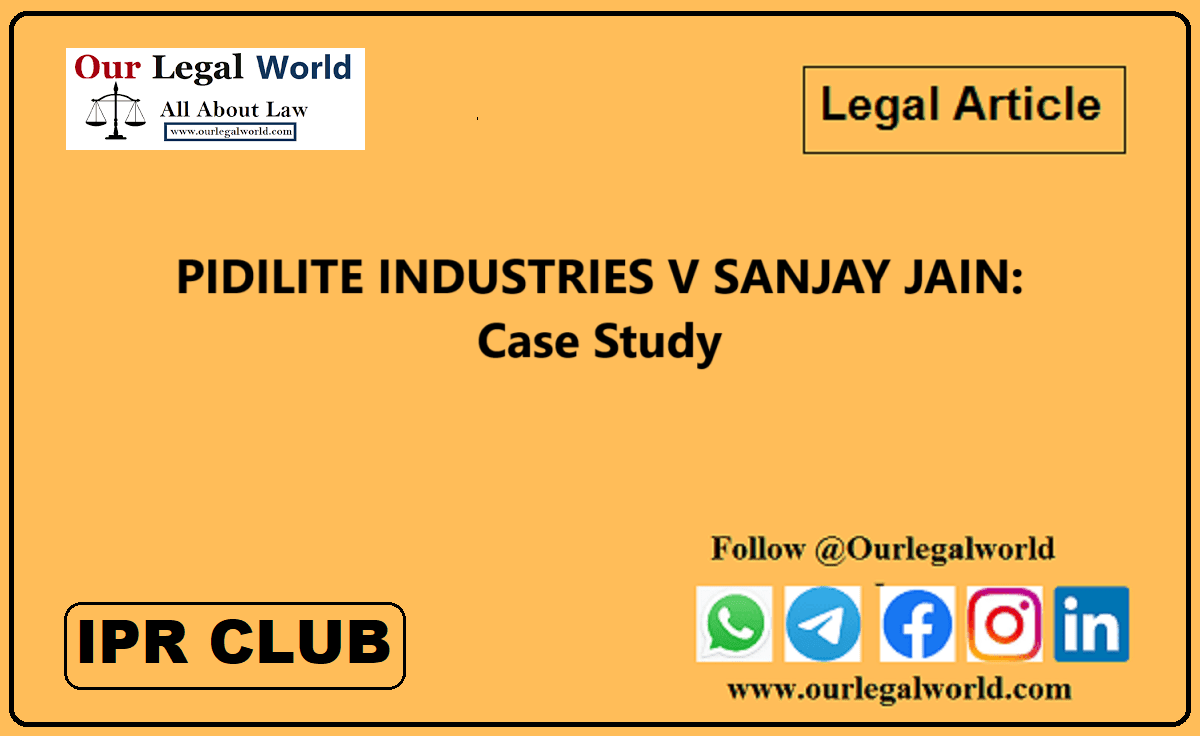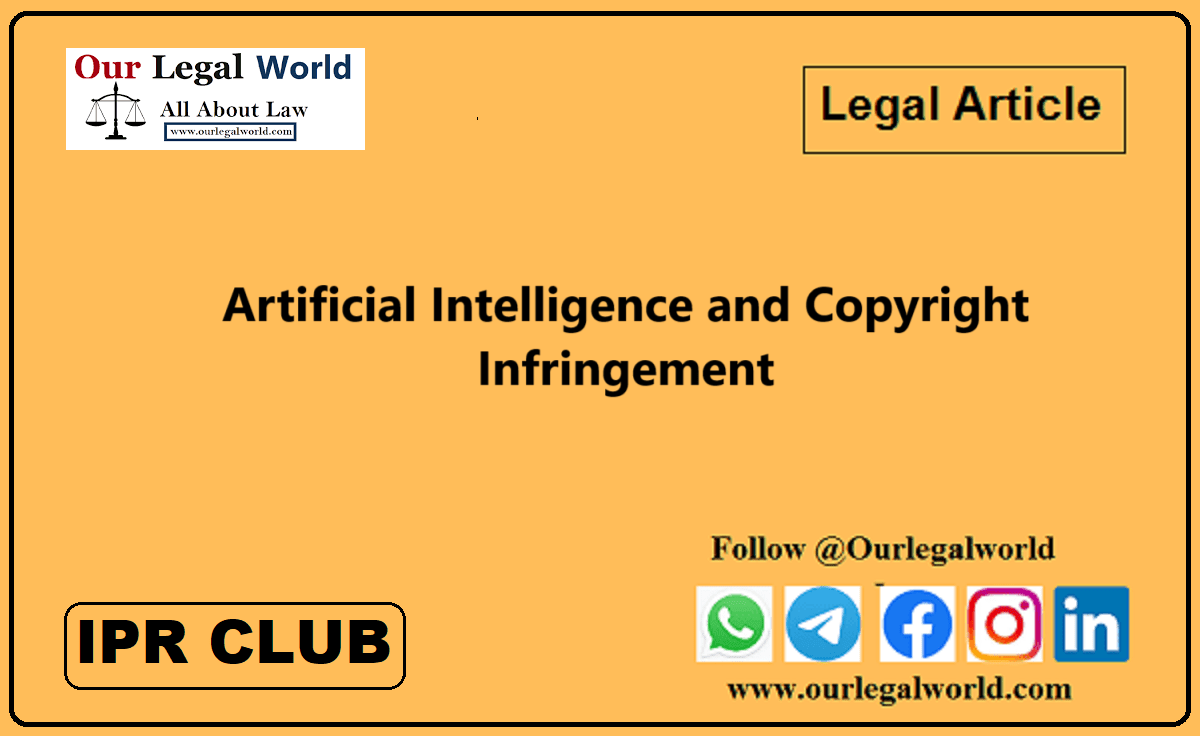Short Explanation of Doctrine of Lis Pendens Sec 52 of Transfer of Property Act, 1882
When there is a litigation between two person in regard to some immovable property and one of them transfer the subject-matter of the litigation, a conflict may arise between the right of the transferee and the rights of the parties as declared by the decree of the court. Section 52 of the Transfer of Property Act,1882 provides the doctrine of lis pendens, i.e., ‘pending litigation.’
Application of Cancellation of Bailable Warrant Format
Section 52 Transfer of Property pending suit relating thereto – During the pendency in any court having authority within the limits of India excluding the State of Jammu and Kashmir or established beyond the limits of the Central Government, of any suit or proceeding which is not collusive and in which any right to immovable property is directly and specifically in question, the property cannot be transferred or otherwise dealt with by any party to the suit or proceeding so to affect the right of any other party thereto under any decree or order which may be made therein, except under the authority of the court and on such terms as it may impose.
Explanation- For the purpose of this section, the pendency of a suit or proceeding shall be deemed to commence from the date of the presentation of the plaint or the institution of the proceeding in a court of competent jurisdiction and to continue until the suit or proceeding, has been disposed of by a final decree or order and complete satisfaction is discharge of such decree or order has been obtained or has become unobtainable by reason of the expiration of any period of limitation prescribed for the execution thereof by any law for the time being in force.”
Law Commission Calls For Relook On Sec 124A IPC
The doctrine of lis pendens is expressed in the well-known maxim; ‘pendente lite nihil innovature’which means ‘during pendency of any suit regarding title of a property, any new interest in respect of that property should not be created. The effect of the applicability of the doctrine is that it does not annul the conveyance, but only renders it subservient to the rights of the parties to the litigation. The transferee will be bound by the result of the suit or proceeding, whether or not he had notice of the suit or proceeding.
The principle is explained in Bellamy v. Sabine, (1857) 1 Dec. & 566, where Turner, L.S said, it that doctrine rests upon this foundation that, it would plainly be impossible that any action or suit could be brought to a successful termination if alienations pendente lite were to allowed prevail. The plaintiff would be liable in every case to be defeated by the defendants, alienating before the judgment or decree and would be driven to commence his proceeding de novo subject again to the same course of proceeding.”
The doctrine is based upon expediency and it is immaterial whether the transferee pendente lite had or had not notice of the suit. This doctrine had been fully expounded by the Privy Council in Faiyaz Hussain Khan v. Prag Narain, (1907) 29 All 339 PC where their lordship quote with approval the observations of Lord Justice Turner is Bellamy’s case.
The rule of Lis pendens is based on the necessity for final adjudication. It aims at the prevention of multiplicity of suits or proceedings. For applicability of the- doctrine, folios° conditions must be fulfilled:
- There must be pendency of a suit or proceeding.
- The suit or proceeding must be pending in a competent court.
- The suit or proceeding must not be collusive.
- A right to immovable property must be directly and specifically in question in that suit or proceeding.
- The property in dispute must be transferred or otherwise dealt with by any party to the litigation.
- The alienation must effect the right of the other party.
Pendency of a Suit/Competent Court
Explanation to Section 52 provided that the pendency of a suit or proceeding beings from the date of the presentation of the plaint or institution of the proceeding in court of competent jurisdiction. In case the plaint is presented in a wrong court, and a transfer takes place during such pendency, the doctrine of lis pendens would not be applicable.
In Mahendra Nath v. Parineswar, (1921) 60 IC 439, it was held that if the plaint is insufficiently stamped and is rejected and then represented after making good the deficiency, a transfer between the two dates of presentation would not subject to lis pendens.
The pendency of the suit continue until the suit or proceeding has been disposed of by a find decree or order and complete satisfaction or discharge of such decree or order has been obtained or has become unobtainable by reason of the expiration of any period of limitation prescribed (Explanation).
Bona Fide Litigation
The suit or proceeding must not be collusive. A collusive suit is one in which there is a fraudulent secret understanding between the plaintiff and the defendant that the suit would not be contested with a view to defeat the right of transferee of either parties.
Right to Property must be in Dispute Right
Right of an immovable property must be directly and specifically in issue in the suit or proceeding, e.g., a suit on mortgage, for partition for specific performance of a contract to transfer immovable property, etc.
Transfer by a Party to the Litigation
The property must be transferred or otherwise dealt with by any of the parties to the suit or proceeding. Doctrine of lis pendens cannot extend to person whose title is paramount to that of the parties to the suit, e.g., M grants a lease to N of certain land. N files a suit for ejectment against O who is in wrongful possession of the land. During the pendency of suit, M sells the land to P. The doctrine of lis does not apply to this sale by M to P.
Transfer must Effect the Other Party
In Sripal Snigh v Naresh, (1925) Pat 239, it was held that the doctrine is not applicable where in the right of the transfer alone are affected and not other party to the suit.
Exception
Section provides that it is open to court to permit any party to the suit to transfer the property to on terms which it may think fit to impose.
In Amarnath v. Deputy Director of Consolidation, AIR 1985 All 169 it was held that party is said to be party to the suit, if the decision or judgement is likelt to affect the share of such a party and the decision would be binding on him too. Thus A,B,C, are brother ;C is residing in a distant town while A and B are residing together. A files a suit for partition and does not implead C or his father X. Though X and C are not parties to the suit, yet the subject matter of suit is the same, and neither X nor C legally and validly transfer or alienate his share to a third party. In such case the ultimate decree is likely to affect the shares of X and C too. Thus, there may be case where a party may not be locked in a civil suit or proceeding; yet such a party may be affected by the judgment/decree is such a suit.
In Fayaz Husain Khan v. Prag Narain, (1907) 29 All 339, a mortgage sued to enforce his mortgage, but before the summons were served, the mortgagor effected a subsequent mortgage. The prior mortgagee continued his suit and obtained a sale order from the court, without making the subsequent mortgagee, a party to the suit. It was hold that the sale extinguished the subsequent mortgagee’s right to redeem the prior mortgagee.

